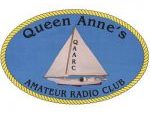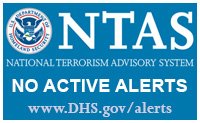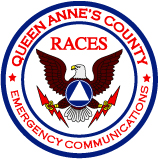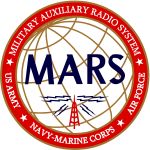Emergency Preparedness
In this section you will find pages with information on the Queen Anne’s County RACES, Army MARS, and Skywarn. All three of these emergency operations utilitize amateur radio operators. We have also provided guidance on how to set-up your FRS radio to be used in emergencies.
Radio Amateur Civil Emergency Services (RACES)
RACES stands for “Radio Amateur Civil Emergency Service,” a protocol created by the Federal Emergency Management Agency (FEMA) and the Federal Communications Commission FCC Part 97, Section 407. Many government agencies across the country, including Queen Anne’s County, train their Auxiliary Communications Service (ACS) volunteers using the RACES protocol.
QAC RACES operates on two repeaters in the Queen Anne’s County:
2 Meter Band: 146.940 – (PL 107.2)
70 cm Band: 448.225 – (PL 107.2)
If you are interested in becoming a RACES member, please visit the QAC RACES web site by clicking on the logo:
Military Auxiliary Radio System (MARS)
The Military Auxiliary Radio System (MARS) is a Department of Defense sponsored program, established as separately managed and operated programs by the Army, Navy-Marine Corps and Air Force. MARS members are volunteer licensed amateur radio operators who are interested in providing auxiliary or emergency communications to local, national and international emergency and safety organizations, as an adjunct to normal communications. The primary concept of MARS is to meet the requirements of training for any communications emergency.
You can learn more about MARS site by clicking on the logo.
If you are interested joining MARS, or have more questions, please contact:
John Ohm AAA3MD / W8IS
MDC State Director
MARS region 3 (PA, MD-DC, Del, VA).
aar3ck@comcast.net
Contacting MARS does not obligate you in any way and membership is free. MARS provides training that applicants are expected to complete successfully.
SKYWARN
SKYWARN® is a National Weather Service (NWS) program developed in the 1960s that consists of trained weather spotters who provide reports of severe and hazardous weather to help meteorologists make life-saving warning decisions. Spotters are concerned citizens, amateur radio operators, truck drivers, mariners, airplane pilots, emergency management personnel, and public safety officials who volunteer their time and energy to report on hazardous weather impacting their community.
Although, NWS has access to data from Doppler radar, satellite, and surface weather stations, technology cannot detect every instance of hazardous weather. Spotters help fill in the gaps by reporting hail, wind damage, flooding, heavy snow, tornadoes and waterspouts. Radar is an excellent tool, but it is just that: one tool among many that NWS uses. We need spotters to report how storms and other hydrometeorological phenomena are impacting their area.
FRS Radio Operation during Emergencies
The Family Radio Service (FRS) has short range communication and can be used by neighborhoods and communities during an emergency. Cellular phone networks can become overloaded, as was the case during September 11th and the Mid Atlantic earthquake in 2011.
Community Emergence Response Team (CERT) teams conducting search and rescue operations, following a disaster emergency, monitor FRS Channel 1 for local distress calls. It is recommended that FRS Channel 1 be used as a “family calling” channel. Each FRS radio will have Channel 1 set to the same frequency. In addition, every FRS radio has at least the first 14 channels. Become familiar with how your particular FRS radio works.
During Emergencies
If FRS is to be used in an emergency, everyone must Disable Call Tones! Otherwise, a rescuer could hear you calling for help, but may not be able to respond back to you, or may not be able to hear your calls at all. Setting the Call Tone setting to 0 should disable the call tone feature. Consult your FRS radio manual for details.
Neighborhood Watch Groups should coordinate communication within the neighborhood on other channels and then communicate emergency information on Channel 1 to emergency personnel.




